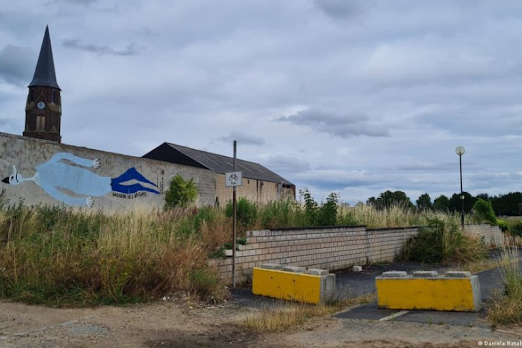Ukraine Refugees in Mining “Ghost Towns” in Germany
Resettling Hope: Ukrainian Refugees Find Sanctuary in Germany's "Ghost Towns"
In the coal region of western Germany, a unique and heartwarming tale of resilience and compassion unfolds. Entire villages that were once vacated to make way for mining operations have found new purpose as they embrace a wave of Ukrainian refugees escaping the devastating war in their homeland. As the energy provider RWE extracted brown coal (lignite) from massive open-pit mines, these villages stood empty for years, awaiting demolition. However, with Germany's decision to phase out coal, the future of these "ghost towns" has transformed, offering a glimmer of hope to those seeking safety and stability.
The scars of mining are evident in the form of three vast open-pit mines—Inden, Hambach, and Garzweiler—that dominate the landscape of North Rhine-Westphalia. For decades, nearby towns and villages faced an uncertain fate, planned for demolition to pave the way for further mining. These areas, now known as "ghost towns," lay dormant and desolate, as if awaiting a new chapter to be written in their history.
Amidst the disquieting silence of these ghost towns, a silver lining emerged with the arrival of Ukrainian refugees. Fleeing the horrors of war and seeking safety in a foreign land, these displaced individuals found solace in the abandoned villages that once seemed destined for oblivion. Through an unexpected twist of fate, the "ghost towns" became shelters, embracing the newcomers and offering a glimpse of hope and a chance to rebuild their lives.



Comments
Post a Comment